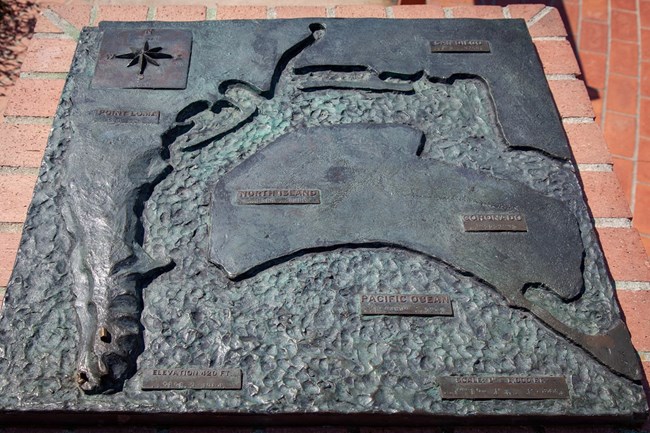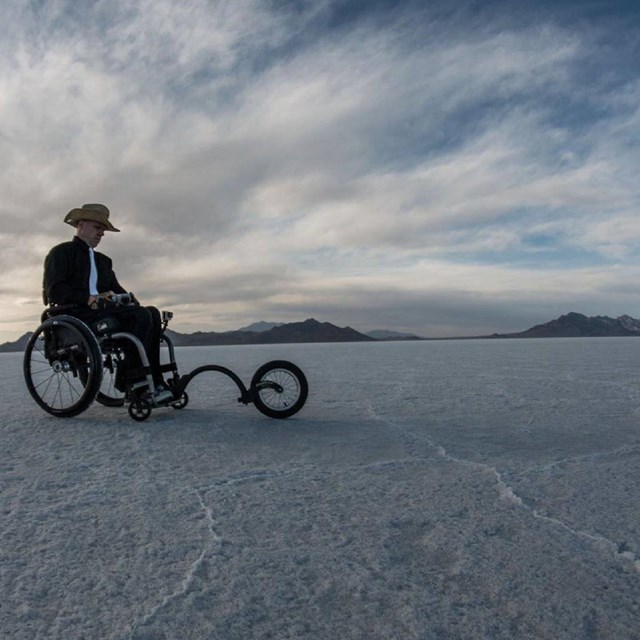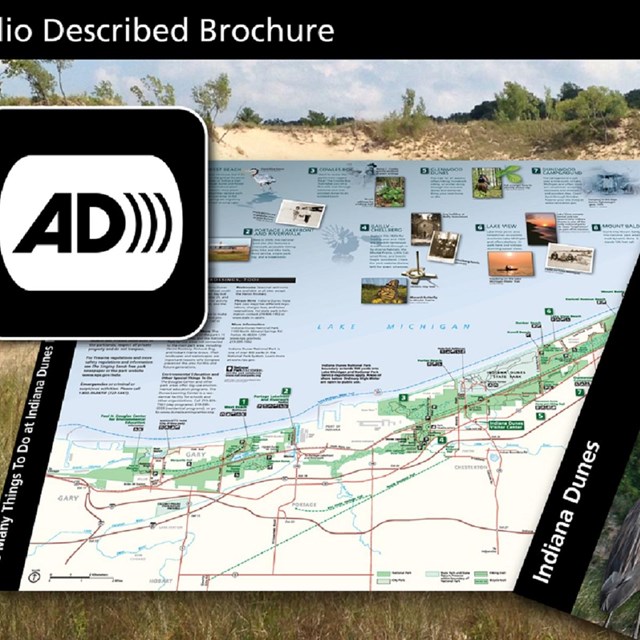
The Architectural Barriers Act of 1968 (P.L. 90-480) requires all buildings and facilities built or renovated in whole or in part with Federal funds to be accessible to, and usable by, physically disabled persons. Since 1968, official standards for making buildings accessible have been developed and the U.S. Architectural and Transportation Barriers Compliance Board has been created to monitor and enforce compliance with the law.
Section 504 of the Rehabilitation Act of 1973 (P.L. 93-112), as amended, is more encompassing than the Architectural Barriers Act. While the Architectural Barriers Act requires physical access to buildings and facilities, Section 504 requires program accessibility in all services provided with Federal dollars. The act itself is very brief. It states:
No otherwise qualified individual with a disability in the United States shall, solely by reason of disability, be excluded from the participation in, be denied the benefits of, or be subject to discrimination under any program or activity conducted by Federal Financial Assistance or by any Executive Agency.
This means the NPS not only has to be concerned with enabling people with disabilities to have access to parks and facilities but, once there, the NPS also needs to do everything feasible to enable them to receive as close to the same benefits as those received by other visitors. This also means our obligation extends to individuals with visual impairments, hearing impairments, and cognitive impairments, as well as those with mobility impairments.
Section 501 of the Rehabilitation Act of 1973, as amended, prohibits discrimination against people with disabilities in all employment practices within the Federal Government. Director's Order 16A deals with reasonable accommodation for NPS employees.
Section 508 of the Rehabilitation Act of 1973, as amended, requires that all Federal agencies ensure that when they develop, procure, maintain, or use electronic and information technology; that, it is accessible to employees with disabilities. It also requires that individuals with disabilities who are seeking information or services from Federal agencies have access to and use of all information provided. Electronic and information technology is expansively defined. It includes computers (such as hardware, software, and accessible data such as web pages), facsimile machines, copiers, telephones, and other equipment used for transmitting, receiving, using, or storing information.
The accessibility of commercial services within national parks is covered by Americans with Disabilities Act of 1990. This Act essentially extends the coverage of the Architectural Barriers Act and Sections 501 and 504 of the Rehabilitation Act to all state and local governments and to most of the private sector. Indirectly, the ADA has had, and will continue to have, an enormous impact on all public agencies. The high visibility of the law has generated a wide range of public interest in the issue of access for individuals with disabilities, and has increased the pressure on Federal agencies to bring their facilities and programs into compliance. The law has also resulted in the development of a set of more comprehensive design standards for buildings and facilities, which by policy have been adopted by the Department of the Interior. Finally, Section 507 relates specifically to the use of wheelchairs in the Federal Wilderness Preservation System.
Learn more about facilities, information and communication technology standards of these laws on the US Access Board website. The Board is structured to function as a coordinating body among federal agencies and to directly represent the public, particularly people with disabilities. Twelve of its members are representatives from most of the federal departments. Thirteen others are members of the public appointed by the President, a majority of whom must have a disability.
-
 Death ValleyMap of our Parks
Death ValleyMap of our ParksA map linking you with contact information on the individual park website.
-
 Trip Ideas
Trip IdeasHighlights of a variety of experiences within our Parks.
-
 News
NewsOur National Parks strive to be inclusive in all of our park experiences, learn more about current accessibility projects.
Last updated: January 7, 2022
